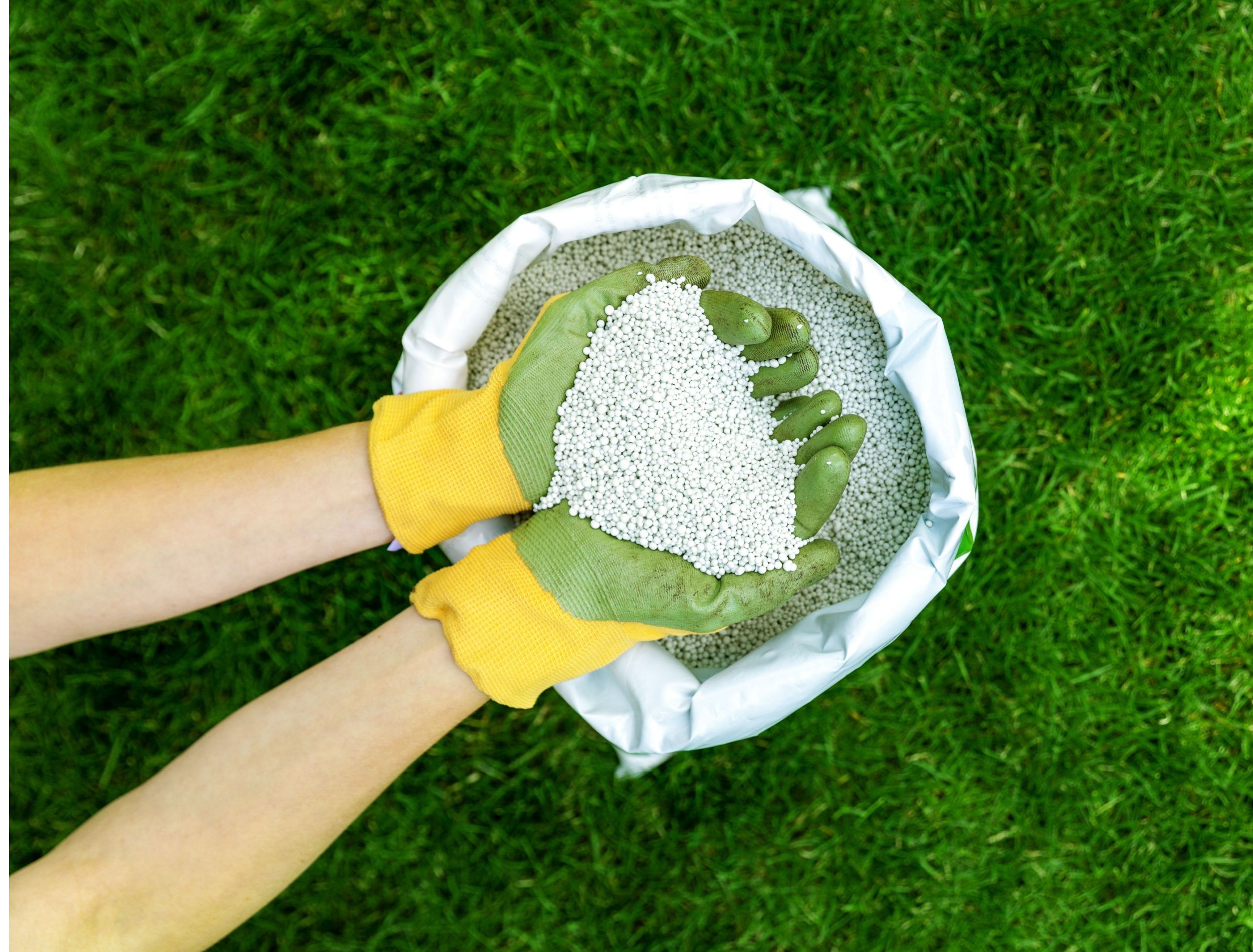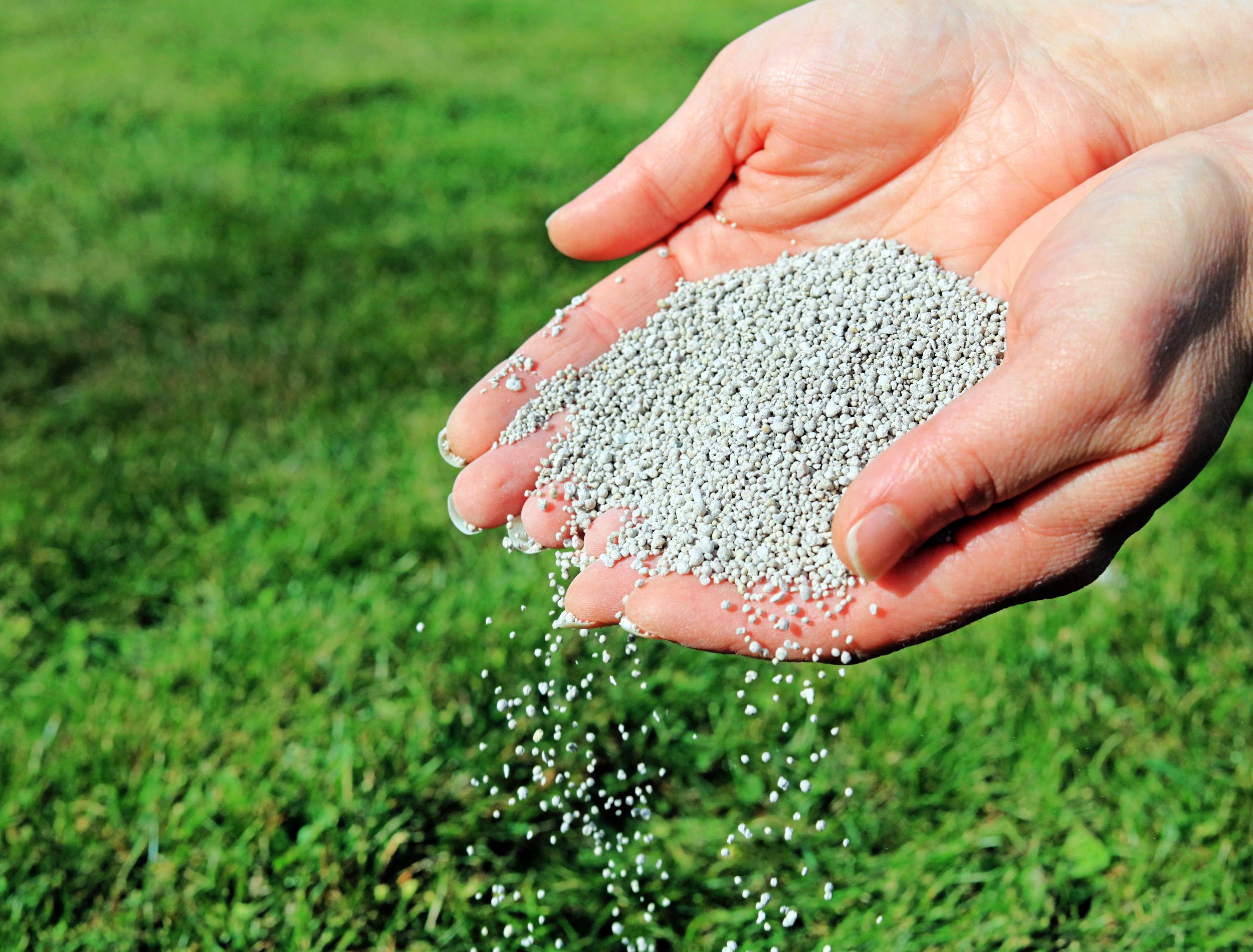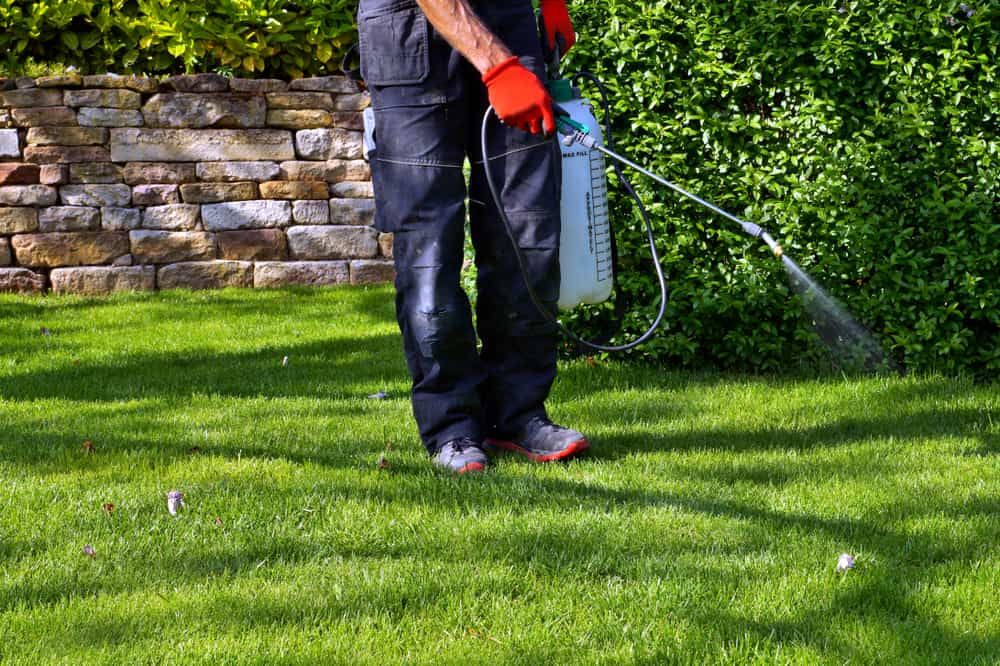Ah, springtime. When the birds begin to sing, and the flowers start to bloom. But what are you doing for your lawn this time of year?
If you're like most people, then fertilizing your lawn in spring may be at the top of your to-do list. It's one task that you should not overlook if you want a lush and healthy yard throughout the warmer months ahead. Discover when to apply fertilizer on your lawn to ensure that your grass stays thick and green all season!
Difference Between Cool and Warm-Season Grasses
Image credits: indigolotos via Canva
Before you decide when and how to fertilize your lawn in the spring, you need to know what type of grass you have.
Cool-season grasses such as Kentucky bluegrass, perennial ryegrass, and fine fescue are best suited for northern climates and may go dormant during hot summers.
Warm-season grasses like zoysia, St. Augustine, and centipedegrass thrive in southern climates, growing lushly throughout summer. These grasses will go dormant in winter.
When to Fertilize Your Lawn
mage credits: Dean Clarke via Shutterstock
For cool-season grasses, such as tall fescue or annual ryegrass, the best time to fertilize is in April or May. Then, twice more in the fall, one month apart.
If you have a warm season grass, like St Augustine or Zoysia, then it's best to wait until late spring to midsummer before beginning your fertilizer regimen.
Another way to calculate when to apply fertilizer in the spring is to check the soil temperature. Apply fertilizer when the soil is between 65 and 95 degrees Fahrenheit. Of course, every yard is different and the timing for applying fertilizer may vary depending on your climate, lawn traffic, and grass health.
Note: If you fertilize too late in the season, you run a risk of burning your lawn in the high heat of summer.
How to Fertilize Your Lawn in the Spring
Image credits: Mabeline72 via Shutterstock
Applying fertilizer gives your lawn the essential nutrients it needs to stay green and vibrant, while helping it withstand potential damage because of drought or pests. Discover all the basics you need to know before fertilizing your lawn in the spring.
Test Soil Nutrients
Before you fertilize your lawn in the spring, test for soil nutrients. You can do this with a soil testing kit that is available at most hardware or garden stores.
Using a soil test kit provides valuable information about the health of your lawn. With the results from the test, you can decide about what kind of fertilizer to use and how much to apply. The proper amount of fertilizer helps promote healthy growth in your grass while also protecting against over-fertilization, which damages lawns, plants, and water sources.
In addition to providing information about soil nutrients, a soil test kit also offers an insight into other environmental factors, such as pH levels, that may affect the success of your lawn care efforts. By understanding these elements, you create an effective plan for improving your lawn's health and achieving beautiful results.
Choose a Fertilizer
Using the right fertilizer in the spring is essential to promote healthy growth. Slow-release fertilizers are ideal for this purpose, as they help deliver nutrients to the grass evenly over a longer period of time. Doing so helps prevent potential nutrient loss from happening too quickly.
Additionally, these types of fertilizers typically require fewer applications than traditional quick-release options. Ultimately, slow-release fertilizer is an effective way of ensuring your lawn gets all the nutrients it needs for optimal growth.
Apply the Fertilizer
After selecting the appropriate fertilizer for your needs, it's time to apply it to your lawn. To ensure that you are getting the most out of the product and avoiding potential environmental impacts, read and follow the instructions on the package carefully. Use a spreader and wear protective equipment such as gloves and goggles when applying fertilizer.
Be mindful not to over-apply. Excessive fertilizing causes grass to grow too quickly or unsightly patches or streaks on your lawn. Additionally, applying more fertilizer than what grass needs increases negative environmental effects. Careful application is key for a lush green lawn!
Water Regularly
Once you have applied fertilizer to your lawn, wait a few hours before watering so that the nutrients remain in the soil. When you do water, do it deeply and thoroughly. Doing so helps the fertilizer get distributed throughout your entire lawn and ensures that it's evenly nourished.
Keep up with regular deep watering throughout the season to help keep your grass healthy and green. Once every week should be sufficient. Doing this also helps prevent weeds from taking hold in bare patches or weak areas.
Spring Into Action
Fertilizing your lawn in spring is an important step in making sure you have healthy vegetation all summer long. Knowing when to fertilize and what type of fertilizer is best suited for your particular grass type helps ensure you get the best possible results. With the tips above, you'll be on your way to having a beautiful summer lawn that lasts through the entire season!
Feel free to leave a comment below if you have tips or tricks for fertilizing your lawn in the spring. Also, spread this message by sharing this with your family and friends so that they too can enjoy lush and green plants all summer long!




